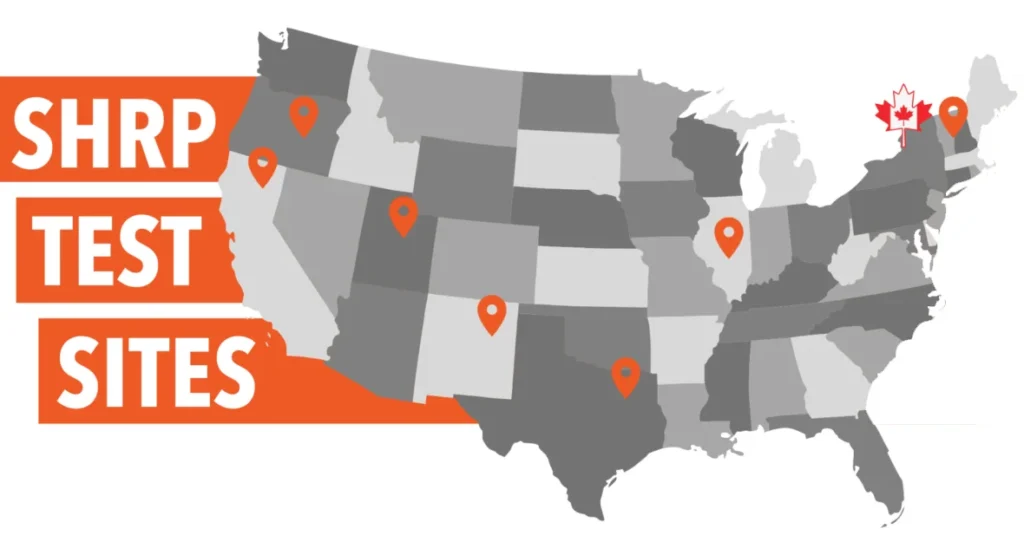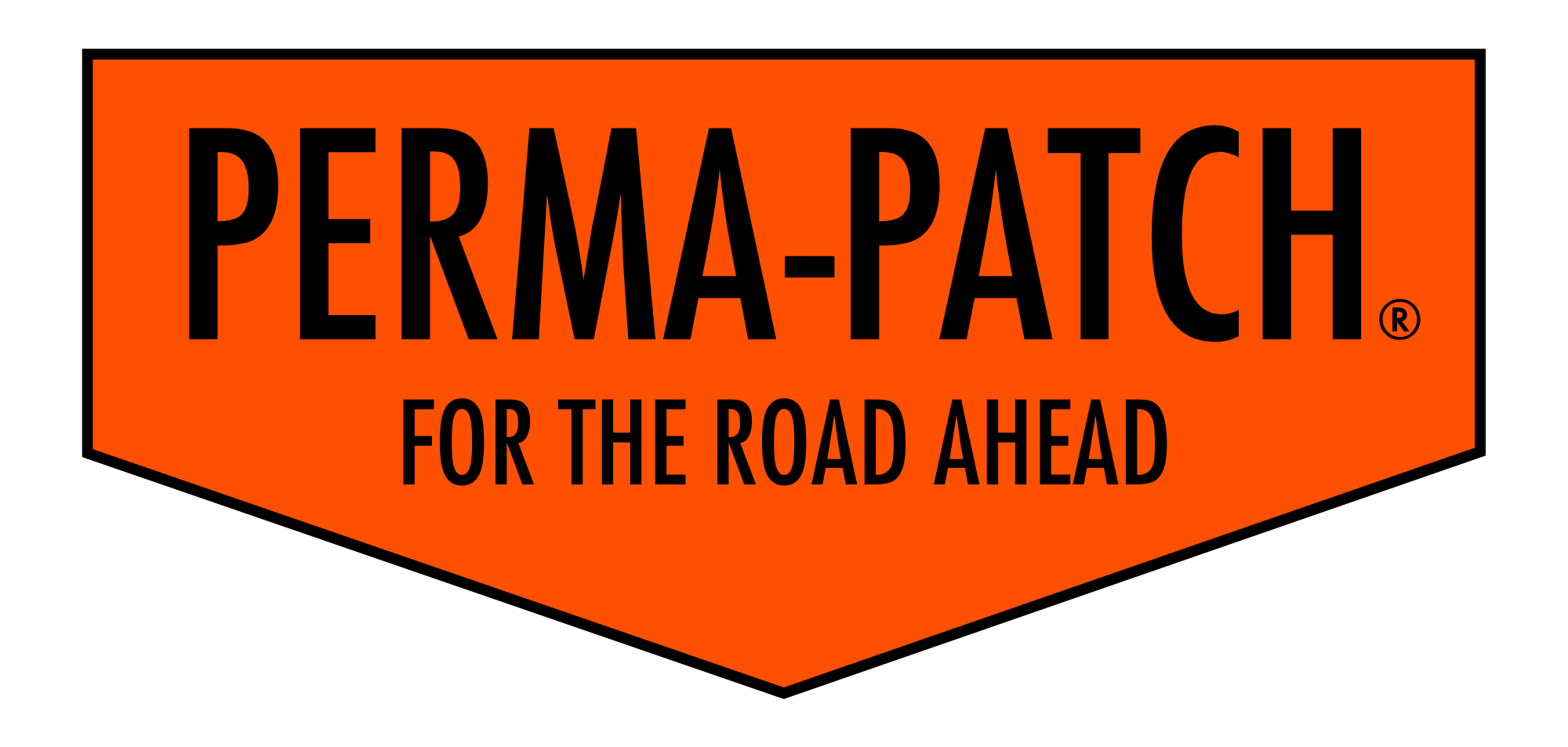The Federal Department of Transportation obtained five million dollars from Congress on the advice of the National Research Council, to study the best materials and equipment for repairing potholes. This resulted in publication of SHRP-H-348 (Strategic Highway Research Project) under the auspices of the National Academy of Sciences, United States Government, and the American Association of State Highway and Transportation Officials, known as Projects H105 and H106.
Test sections were installed at 22 sites throughout the United States and Canada between March 1991 and February 1992, under the supervision of SHRP representatives. The researchers collected installation and productivity information at each site and periodically evaluated the experimental repairs and treatments for 18 months following installation. As asphalt pavements age and deteriorate the need for corrective measures to restore safety and ride-ability increases. This not only proves to be expensive but also costly for ride-ability and pavement lifespan.

After Projects H105 and H106 tests were administrated by the American Association of State Highway and transportation Officials, Perma-Patch was determined to be the most durable amidst all competition. Perma-Patch required the least amount of reapplication and offered the lowest failure rate of any product ranging from 18 months to 4.65 years.


